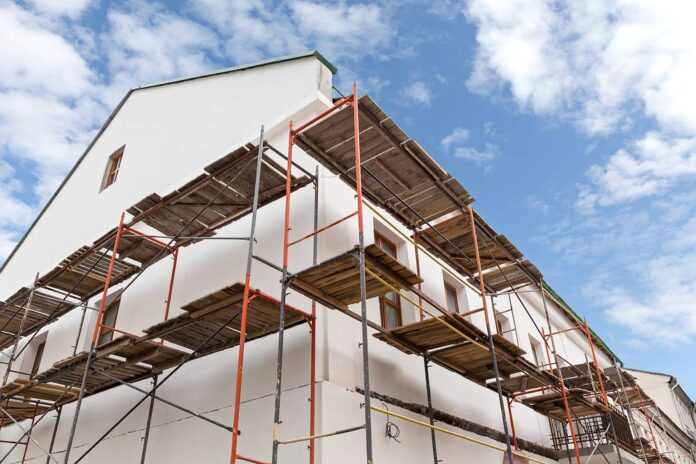If you’re a property developer in charge of a new housing project, you must ensure you’re covered in case of any major structural issues. Years after completion, it’s important that you and any homeowners are insured should anything unforeseen occur with the property.
You can do this by acquiring a latent defects insurance policy.
What is latent defects insurance?
Latent defects insurance covers the cost of repairs for rebuilds for structural damage that has appeared months or years after a construction project has been completed.
Structural problems can be caused by faulty materials, poor building work, and failures in design and they can go undetected for several years.
Rectifying issues like these can be expensive, especially for a homeowner who had nothing to do with the construction of the building. While latent defects insurance doesn’t necessarily prove negligence or liability, it can help to cover the cost of repairs to fix latent defects.
A latent defects insurance policy can provide cover for a building for 15 years from its completion certificate date under the Building Safety Act 2022.
It can also cover up to the full value of rebuilding the property.
What is covered by a latent defects insurance policy?
It’s a wise decision to acquire a latent defects insurance policy if you’re a developer, investor, owner or tenant of a property. It makes financial sense to mitigate the risks of disruptive latent defects by having the right cover.
So, what does a latent defects insurance policy cover?
- Fixes defects within the property because of poor design or materials
- Provides funding for full or partial rebuilding to fix structural defects as a result of incorrect building methods
- Repairing water damage caused by faulty waterproofing
Fortunately, latent defects insurance can be tailored to your individual needs. They’re not all one-size-fits-all, as you can choose extra cover, such as:
- Alternative accommodation costs
- Loss of rent or income
- Contaminated land cover
- Removal of debris
- Mechanical and electrical defects
The insurance policy can be purchased for a wide range of projects, including both residential and commercial properties.
It can also be purchased by anyone who needs it – from self-builders to developers.
What isn’t covered by latent defects insurance?
While latent defects insurance policies cover a wide array of problems within a building, there are several things it doesn’t cover.
For example, a latent defects insurance policy does not cover fixtures and fittings or mechanical systems, such as central heating.
Also, a latent defects insurance policy will only cover issues that are not found during initial surveys and do not become apparent until months or years after the building’s completion.
As a result, latent defects insurance policies do not cover the following:
- Known defects or ones discovered before taking out the policy
- Abnormal use of the building or poor maintenance
- Non-approved alterations to the building, such as extensions
- Standard levels of wear and tear
- Accidental damage, arson, vandalism, weather damage, etc.
Importance of a latent defects insurance policy
So, whether you’re a property developer or a self-builder, it’s key that you acquire a latent defects insurance policy for your project.
Ensure you’re covered in case of potential issues further down the road – long after the project has been completed. Don’t let your pocket be massively hit by huge structural issues from poor workmanship, and low-quality tools, designs or materials.

| [donate]
| Help keep news FREE for our readersSupporting your local community newspaper/online news outlet is crucial now more than ever. If you believe in independent journalism,then consider making a valuable contribution by making a one-time or monthly donation. We operate in rural areas where providing unbiased news can be challenging. |

















